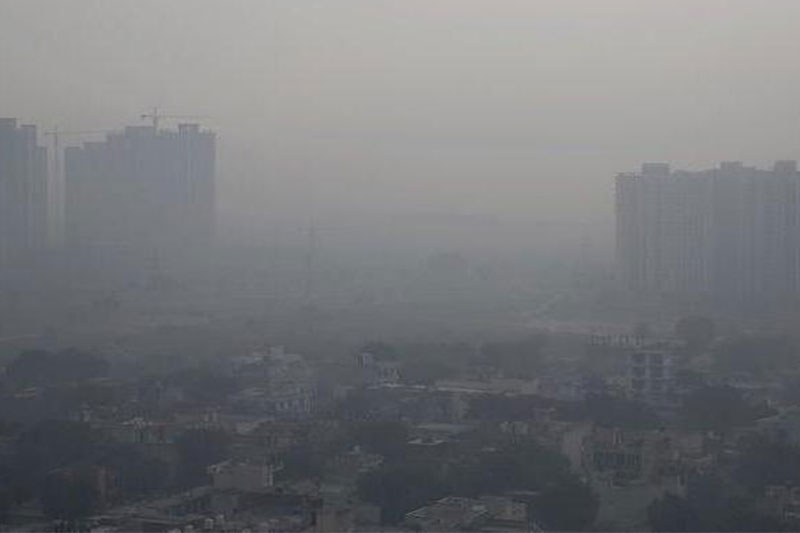- Sponsored -
Delhi: Air quality index recorded in ‘very poor’ category; worst in Narela at 449

Since quite some time, the air quality index of the nation’s capital, Delhi, has been constantly oscillating between ‘poor’ and ‘very poor’ categories. It is observed that residents have been reeling under the impact of prolonged exposure to degraded air quality for more than a month. According to the the Air Quality Index (AQI) data, major pollutant PM 2.5 and PM 10 are at 245 and 247 respectively, at Lodhi Road. Both fall in ‘poor’ category. The overall air quality has been recorded in ‘very poor’ category.
- Sponsored -
Reportedly, the fog will lift in the morning with temperatures hovering around 27 degrees Celsius. In the region, humidity in the region has plummeted to 61 per cent with a wind speed of 8 kilometres per hour.
Delhi: According to the Air Quality Index (AQI) data, major pollutant PM 2.5 and PM 10 are at 245 and 247 respectively, in Lodhi Road. Both fall in ‘Poor’ category. pic.twitter.com/HA1vwM3Mx0
— ANI (@ANI) November 28, 2018
However, AQI between the range of 0-50 is considered good while the range beyond 500 is contemplated as hazardous. It is also noticed that the air quality index between the range 51 to 100 is marked as satisfactory while 101-200 range is touted as moderate. Whereas, the range of 201-300 comes under the category of poor And 401-500 range is considered as severe.
At Narela, the worst air quality was recorded with AQI recorded at 449, in ‘Hazardous’ category and the best air quality was recorded at 155 in ‘moderate’ category. According to experts, the air pollution will continue to engulf the capital and its nearby region from the next couple of days.
As per a report by News Agency ANI, all other meteorological factors are unfavourable and likely to remain so at least for the next two days. A forecasting agency stated that the contribution from stubble biomass has almost seized.
As a precaution, in order to prevent the smog-haze issue, the pollution-hit cities can follow Singapore’s footsteps, as they faced a similar issue in 2015. According to which, the government of Singapore had introduced the Haze Subsidy scheme, which provided affordable treatment for haze-related conditions to elderly, children and poor.
Also read: 1984 Anti-Sikh riots: Delhi High Court confirms conviction of 88 people
- Sponsored -
